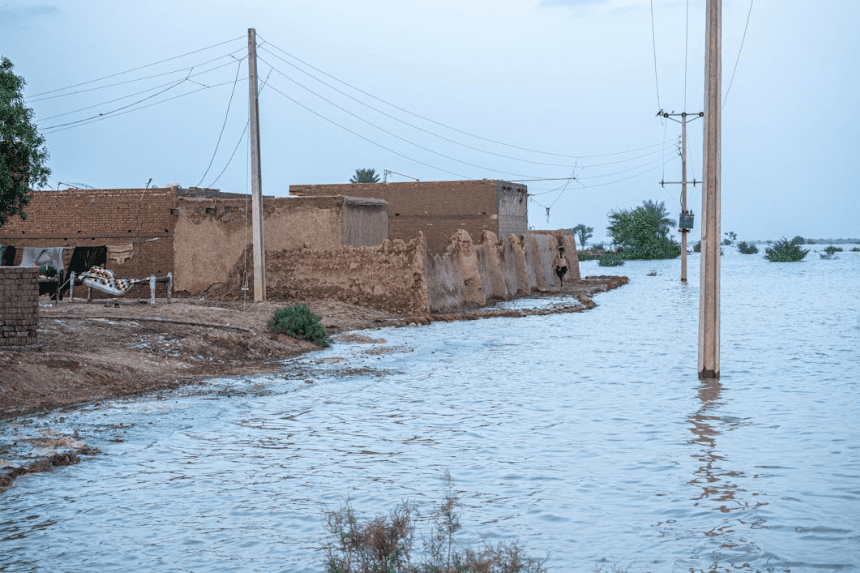More than two million people in Pakistan’s Punjab province have had to evacuate due to severe monsoon floods, and authorities warn that more may follow as the waters continue to rise. An additional 150,000 people have also been relocated to safety in the province of Sindh. Millions of people are now at risk and in desperate need of aid as a result of the extensive damage caused by the flood catastrophe in Pakistan to homes, farms, and infrastructure.
Since late June, more than 900 people have died nationwide as a result of the ongoing floods. National and international organizations are working to provide relief, but obstacles still exist because of damaged roads, powerful water currents, and, in certain areas, a lack of early warning systems.
Which regions are most impacted?
Among the most severely affected provinces are Punjab and Sindh. The unrelenting monsoon rainfall in Punjab has caused rivers to overflow, burying entire communities and large tracts of agricultural land. Rescue crews have been using tiny boats to move families and animals around the clock. These surgeries do carry some danger, though.
Boats carrying evacuees have recently capsized in swift-moving rivers. Nine people were killed in a sad accident on the Indus River, while five more were killed in a similar incident close to Jalalpur Pirwala. Here is the link to our article on Bengaluru Flood Management.
How are the authorities reacting?
Tents, blankets, and clean water systems are among the relief supplies that the National Disaster Management Authority (NDMA) has sent to the affected areas. As government agencies coordinate response operations, thousands of people are currently residing in temporary shelters.
The healing process will be gradual, though. Authorities predict that it will take a few weeks for the floodwaters to subside. Only then can thousands of flooded villages and farmlands start to undergo extensive repair and reconstruction.
What part does the changing climate play?
One of South Asia’s worst effects of climate change is being felt by Pakistan. Because of its location, it is extremely susceptible to both intense heat and heavy rains. In addition to creating unstable lakes, melting glaciers in the north have raised the possibility of glacial outburst floods.
Recent reports claim that these climate elements are making the current flood problem in Pakistan worse. However, detractors contend that the issue has gotten worse due to inadequate infrastructure and early warning systems, putting millions of people at avoidable risk. Here is the link to our article on Texas Flood Alerts.
Is aid from abroad coming?
Indeed. $5 million has been set aside by the UN to help with emergency humanitarian efforts. The United States has also authorized emergency funding and sent disaster response teams to the region. Pakistan has declared a national climate emergency and is taking these actions.
To address the escalating concerns posed by climate change, Prime Minister Shehbaz Sharif has instructed officials to draft a 300-day action plan. He underlined that improved planning, sustainable development, and more robust flood defenses are essential to future resilience.
Final Thoughts
A clear reminder of the catastrophic consequences of climate change, particularly in vulnerable nations, is the continuing flood disaster in Pakistan. Even though emergency response personnel are working nonstop to preserve lives, international collaboration and long-term preparation are crucial. The country must get ready for future difficulties in a more uncertain climate environment as it starts to recover.








